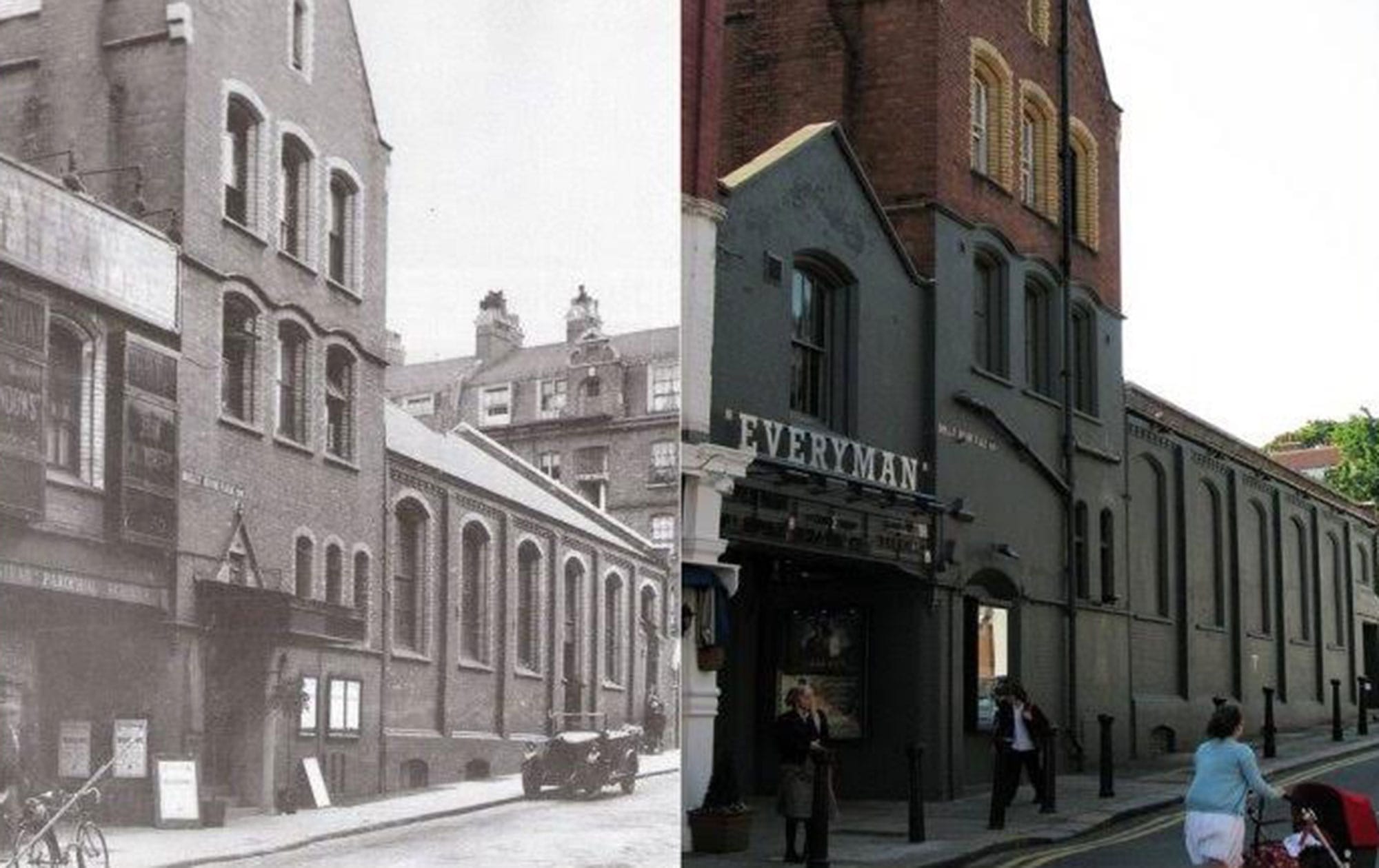

“There may be 250 Odeons but there is only one Everyman”


Hello, my name is Margaret O’Brien and I am a film historian with a particular interest in the social importance of cinemas.
This website is devoted to the story of the Everyman Cinema Hampstead from the year of its opening in 1933, throughout its history as an independent cinema.
The Everyman, one of the oldest repertory cinemas in the world, screened a diverse programme of world cinema, documentaries, and classics of film history until the year 2000 when it was bought by a new business, soon to become the Everyman Chain.
The cinema, a modest building which started out as a drill hall, remains an iconic presence in Hampstead, and many locals and other Londoners retain strong memories of the experience of watching films or working there. From its earliest days this local arthouse offered cheap access to all kinds of films, and was very much a part of the life of the village, as well as being a beacon of film culture in London.
This site will evolve as I gather more material about the history of the Everyman. Please help to build up the story of this unique cinema by contacting me with memories and memorabilia such as old programmes and photographs. And, if you would like to contribute a guest blog, please do get in touch.